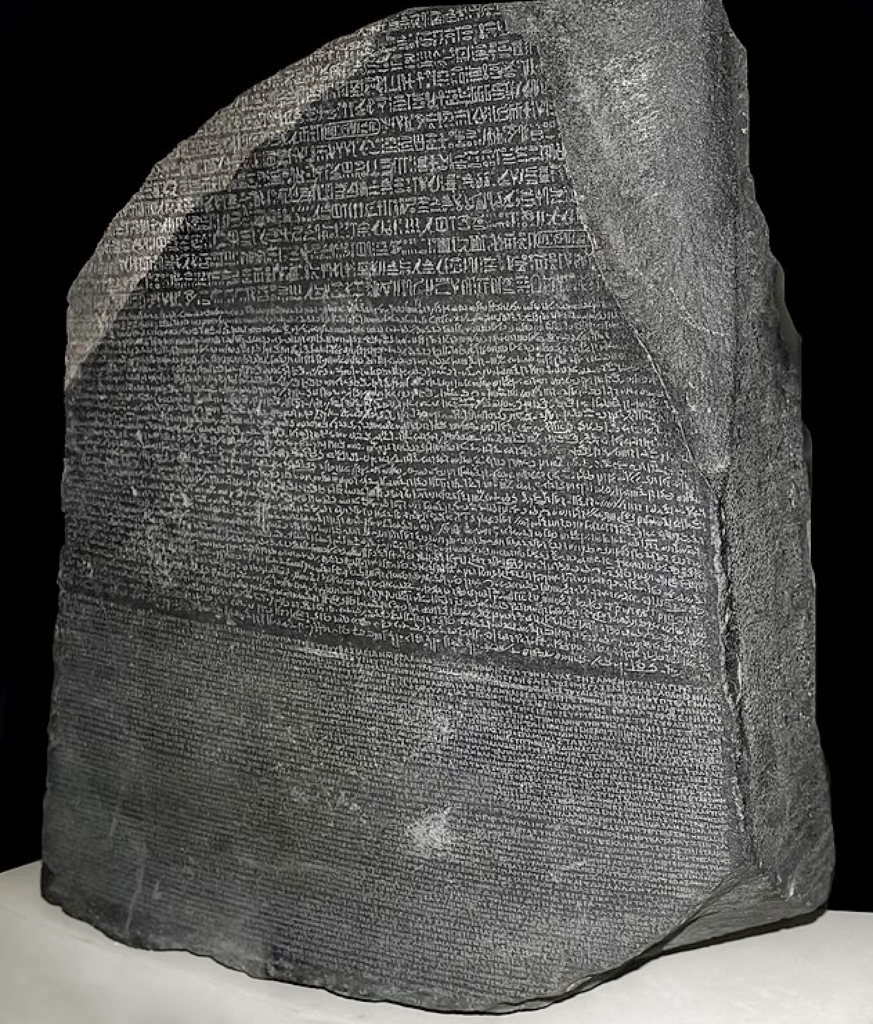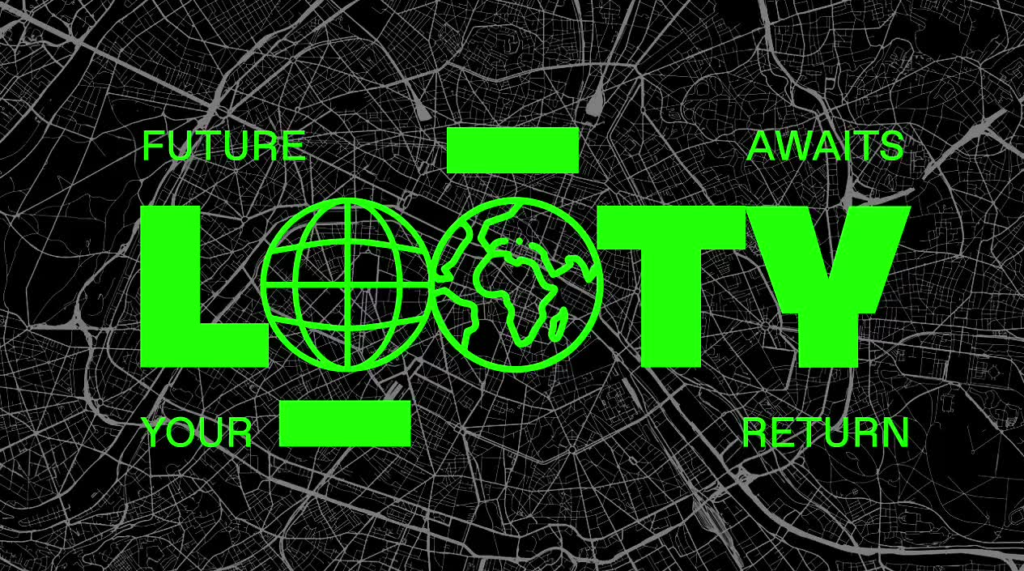The Digital Repatriation of the Rosetta Stone

By: Maryem Bouatlaoui / Arab America Contributing Writer
Egypt is naturally the home to many of the most significant artifacts that shed light on the first iterations of written language, telecommunications, and religious practices. The problem lies in the history of the displacement of Egyptian artifacts. Egyptian artifacts have made their way to every corner of the world. Due to the phenomena of colonialism, archaeological practices, and smuggling. While the National Museum of Egyptian Culture currently houses over 150,000 of its ancient artifacts. Foreign museums such as the British Museum hold over 100,000 Egyptian artifacts.
The Rosetta Stone
The Rosetta Stone is a 2,000-year-old large block of black granite containing engravings of hieroglyphs. Their meanings were discovered in Egypt in 1799 by Napoleon’s French forces. The finding of the Rosetta Stone was an incredible feat that finally allowed scholars to decipher the hieroglyphic script. In 1801, after the defeat of Napoleon, the stone became the property of Britain under the terms of the Treaty of Alexandria. The stone has since been exhibited in the British Museum.
Ongoing Repatriation Efforts in Egypt
Despite the end of colonial rule, cultural property theft has not yet received its due attention. As archaeologists Gawad and Stevenson state, “the issues of colonial violence and exploitation against people are diluted into debates over objects”. Nonetheless, Egypt has raised concerns about its stolen cultural property. Advocating for the permanent establishment of the UNESCO Intergovernmental Committee for Promoting the Return of Cultural Property to its Countries of Origin (Return and Restitution) in 1978. The committee is an independent extension of the 1970 Convention that established articles about the repatriation of antiquities and the prevention of illicit trafficking of cultural property. The Return and Restitution Committee successfully facilitated the repatriation of four artifacts that were illegally excavated from the Saqqara Necropolis.
In 2022, Repatriate Rashid, an online campaign started by Egyptologists and archaeologists, launched a public petition for the legal repatriation of the Rosetta Stone. The organization specifically demands that the Prime Minister of Egypt submits an official request for the Rosetta Stone from the British government. Repatriate Rashid’s website delineates the historical background of the stone. Including how it was displaced and its history in the British Museum.

Looty’s Digital Replica of the Rosetta Stone
Ditching traditional petitions, Looty is an innovative art collective based in London that aims to repatriate cultural property using technology. Founded by Chidi Nwaubani and Ahmed Abokor in 2021, Looty “craft[s] immersive 3D experiences that transcend the digital realm.” The collective designs and publishes augmented reality pieces that digitally display displaced artifacts in their home countries.

Looty stands in alliance with petitions such as Repatriate Rashid. It also seeks creative, digital solutions to the postcolonial displaced artifact epidemic. The Looty team has collaborated with renowned Egyptologist, Monica Hanna, to create a three-dimensional augmented reality model of the Rosetta Stone. To be displayed in Rashid, Egypt, the original location of the Rosetta Stone. Using LiDAR technology and geo-located-based augmented reality, Looty created a digital replica of the Rosetta Stone. Next month, visitors to Fort Qaitbay in Rashid, Egypt will be able to use a QR code to see the stone digitally come to life in its home country.
The issue of Egypt’s displaced antiquities plays a major role in Egypt’s agency or lack thereof in its dissemination of cultural property. Looty CEO Chidi Nwaubani reflects on his viewing of the Rosetta Stone and its incomplete description at the British Museum. He also identifies the hopeless feeling of “not having the power to tell your own story.” The digital realm, he believes, is a free space rid of colonial powers. A place in which people of all backgrounds can express themselves in their own narratives.
Is Digital Repatriation a Means or an End?
Digital repatriation is by no means an end but rather a means to raise awareness of displaced material culture. Monica Hanna believes that the Rosetta Stone installation is “putting our activism in 3-D” and mobilizing the Egyptian community to engage in repatriation campaigns. The Repatriate Rashid petition, despite its explicit demand, has only received a few thousand signatures, mainly from acclaimed archaeologists and historians. Looty hopes to catalyze a youth-oriented movement to seek the rights to its cultural property.
Check out Arab America’s blog here!









